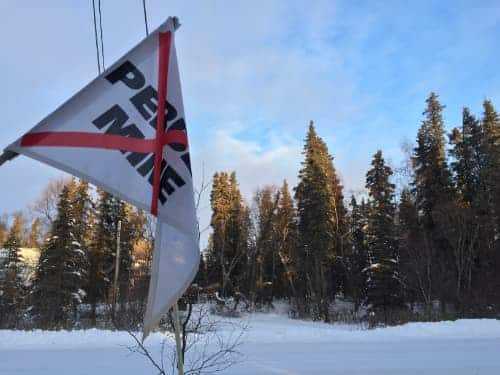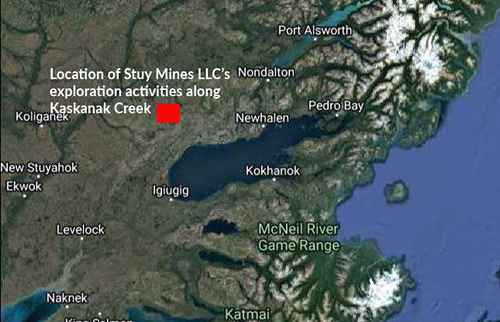The US Environmental Protection Agency is adding another layer to its Bristol Bay watershed assessment, a document that could ultimately play a critical role in mining ventures bordering on the fisheries rich waters of Southwest Alaska.
EPA Region 10 Administrator Dennis McLerran told the Alaska Forum for the Environment on Feb. 5 in Anchorage that the draft revised assessment document will be released this spring and will seek additional public comment on that draft.
At this time a year ago, the EPA had planned to release its final document by the end of 2012.
The EPA is also making arrangements to have the original 12 independent experts review the revised assessment and evaluate whether the revised draft has been responsive to their peer review comments, he said.
McLerran said the EPA’s primary objective it to be sure they get the assessment right and that they are using the best available science. “The Bristol Bay salmon runs are an Alaskan treasure and no one wants to see them harmed, so we want to make sure we have the best understanding possible of what the impacts of large scale mining could be on the salmon,” he said.
McLerran also noted that the EPA has not decided yet how to use information in the assessment and will not do so until it’s finalized.
The EPA’s own draft environmental assessment to date has shown that even with no engineering failures or operational accidents any time during or after operation of a large scale copper, gold and molybdenum mine in southwest Alaska that there would be adverse affects to habitat that is home to the world’s largest wild sockeye salmon population. These include a loss of miles and miles of stream habitat, changes in the hydrology and loss of steam and wetlands habitat. Failures in the mining operation could also result in some type of leakage of acidic drainage and other contaminated waters from waste rock pit walls and tailings, and failure of road culverts could result in more adverse affects to habitat, the EPA has acknowledged.
News of a delay in release of the final Bristol Bay watershed assessment is not sitting well with area residents and others opposed to development of the proposed Pebble mine. More than a dozen tribal leaders met with McLerran prior to his keynote address to the environmental forum and urged the agency to move quickly and decisively to protect their region.
“In 2010 we asked the EPA to initiate a 404c action to protection Bristol Bay,” said Jason Metrokin, president of the Bristol Bay Native Corp. “We have been fully engaged in the process, which corroborated what residents of the region have known for generations, that this is a one of a kind fishery and cultural resource that merits protection.”
And Tim Bristol, Alaska program director for Trout Unlimited, said the added delay is unacceptable to Bristol Bay’s communities and stakeholders, “and leaves a dark cloud of uncertainty hanging over Bristol Bay’s 14,000 jobs and its commercial and sport fishing industries.”
Alaska Natives, commercial fishermen and sportsmen who petitioned the EPA asked for action to protect Bristol Bay, not a multi-year study with multiple reviews, he said.




